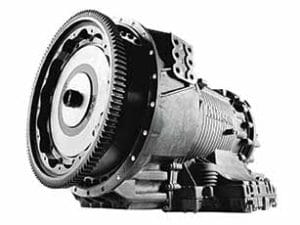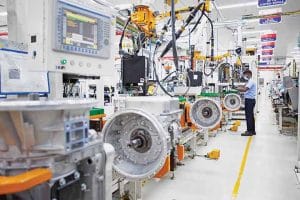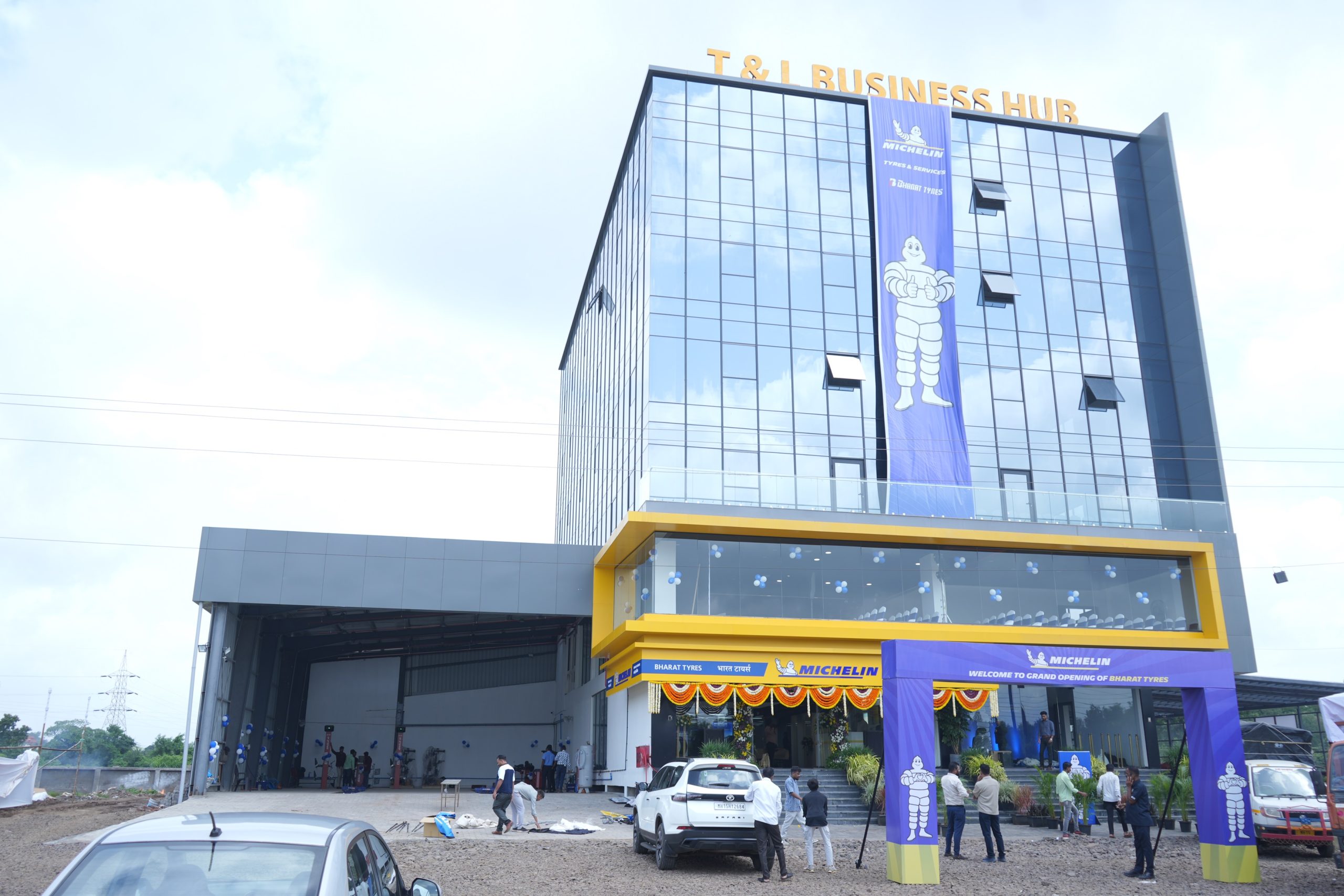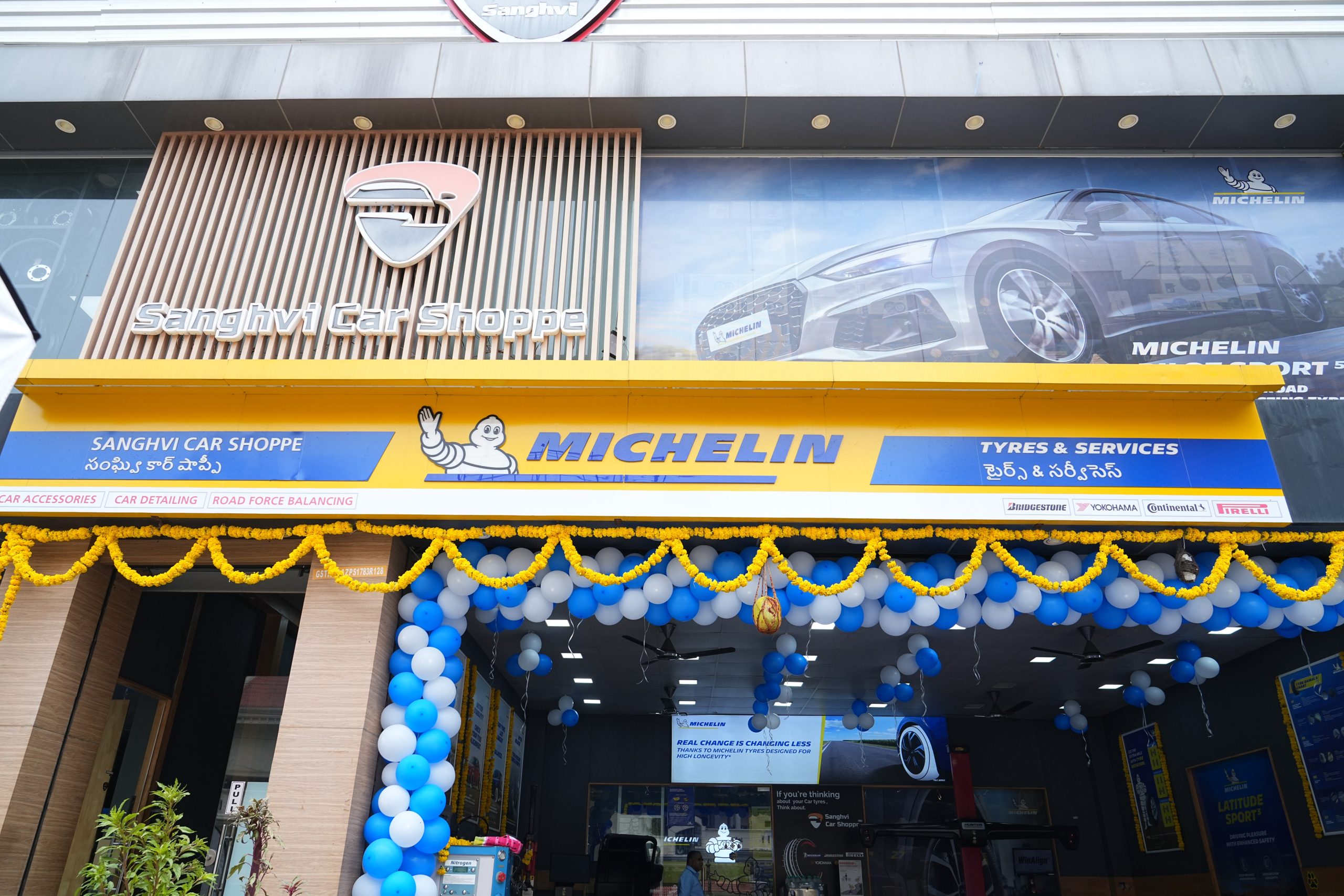Allison Transmission recently powered a fleet of 100 buses with the T280. Sumesh Soman looks at the automatic transmission in greater detail.
The first automatic transmission can be traced back to the 1920s when Alfred Horner Munro, a Canadian steam engineer, is known to have designed the first automatic transmission. Designed in 1921, he patented the transmission in 1923. Here, the planetary transmission was hailed as a crucial development aiding in the arrival of automatic transmissions. Fast forward to 2021, the already reliable gearboxes continue to evolve with tier1 suppliers like Allison Transmission playing their part with aplomb. Recently, the Allision T280 automatic transmission made it to a fleet of 100 buses in a testimony of its proven performance. “The highlight of the fully automatic transmission is that fleet owners can experience a greater overall economic value with reduced downtime and the ability to get more work done. We are delighted to share that all low-floor CNG buses in Delhi NCR, over 4,500 currently in operation which are from leading OEMs in India, trust Allison units,” said Anshul Gupta, Commercial Director, at Allison Transmission India.

The transmission is claimed to be equipped for applications up to ~260 hp (194 kW power ) and up to 1000 Nm of gross input torque. The basic application it finds a marriage with includes city buses and tour coaches. The drivetrain interface that idles at around 500-800 rpm, gives a maximum output of 105 kmph at 3600 rpm and is said to cruise at 1950-2800 rpm on a fully loaded engine. The dry weight of the unit is about 243 kg. Here the base model installation length is 738 mm which is also made available with a retarder. This inclusion increases the dry weight by 36 kg.
The Allison T280, a fully automatic transmission comes with claims of the torque converter experiencing very little wear and the transmissions require only periodic fluid and filter changes to maintain a peak performance. Manual transmissions and AMTs both are known to rely on a clutch that eventually burns out and requires more downtime for maintenance. With the Allison Torqmatic® Series especially designed for city buses, it is claimed to further reduce downtime by increasing the brake longevity.
Increased driver control and passenger comfort
On Indian roads which have all kinds of vehicular and non-vehicular movement, the buses equipped with Allison’s fully automatic transmissions such as the T280 are claimed to be easier to drive. Drivers benefit from precise handling and improved comfort. Once behind the wheel, drivers are more alert and in tune with the vehicle, leading to increased driver retention and better safety records. When factoring in life cycle costs, including decreased maintenance and increased productivity, an Allison transmission-equipped vehicle is claimed to offer a lower Total Cost of Ownership (TCO) than a comparable, competitively equipped vehicle. Designed to deliver reliability and durability while helping to protect the vehicle drive line, the torque converter of the transmission is said to multiply engine torque, and deliver the required power to the wheels. By multiplying the engine power, drivers are expected to gain faster acceleration, operational flexibility and increased productivity. The Allison T280 is claimed to outperform manual and AMT units found to lose power and torque with every shift, resulting in wasted fuel and time. ACI












Leave a Reply